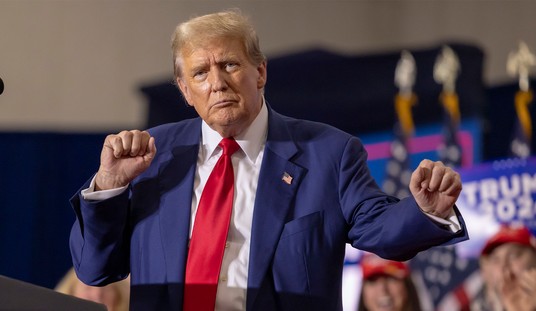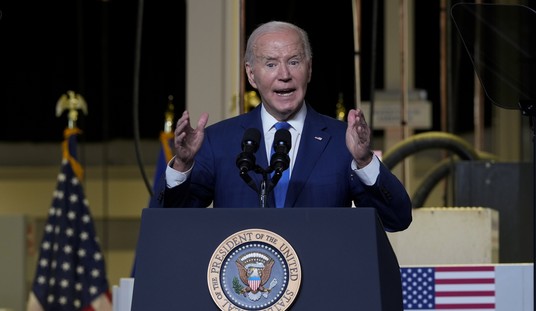Everyone talks about that Lehman Moment for the stock market, but the fact of the matter is the stock market exhibited amazing resolve or ignorance (pick your poison) throughout, and even after, the Lehman soap opera played out.
On March 13, 2007, Lehman shares took its biggest hit in five years over credit concerns, but the company posted financials the next day that showed record revenue and earnings. Lehman’s shares, and the entire financial sector, tumbled again on March 17 when Bear Stearns collapsed. Still, the broad market regained its composure. Finally, Lehman shocked the world when it filed for bankruptcy after a frantic weekend failed to find a buyer.
That Monday, the Dow closed down 504 points off 4.4% to 10,917.
The index mostly moved sideways until September 29 when the House rejected the administration’s request for a $700 billion bank bailout. That was the knockout blow for the market. The Dow gave up 777 points off 7%, while the S&P 500 lost 8% during the session.
The news was seen as a surprise, and unlike the British Exit vote, there was a do-over that sparked a bounce in the market that was short lived as the entire financial world descended into chaos- landing in the abyss.
The moral of the story is we can’t evaluate the impact of key events in a handful of sessions. Yes, the British exit vote reaction was severe, but it does leave lots of questions and legitimate concerns. Moreover, maybe sellers were using the news as cover for other concerns. Be that as it may, this is an event that actually could be the start of good things for all the players involved.
Recommended
The fact is the British exit will be a long and drawn out process, up to two years, and even then it will be too early to assess the impact of new polices on the UK and Europe. Moreover, the rise of Euro-skeptics coupled with the wave of anti-immigration could mean additional nations shock the world and decide to go it alone.
For now, however, the focus has shifted back to America.
Are Consumers Coming Back
The day after consumer confidence comes in significantly higher, we see consumer spending money at a faster rate than they earned it last month. While this is a red flag for some, for others, it’s just what the doctor ordered.
- Income +0.2%
- Spending +0.4%
Consumer spending is 2/3 of our economic output and central to starting that virtuous cycle. There have been more and more signs consumers are spending more, but also evidence they‘re also leveraging more credit. In addition, consumers are dipping into savings are a very rapid rate. In March, consumer savers rate surged to 6.0% but has since come down as fast as it moved up.
|
Consumer Savings Rate Bureau of Economic Research |
Dec |
Mar |
May |
|
5.3% |
6.0% |
5.3% |
If consumers spend more it could positively impact the stock market, but businesses are not going to make any investments, and that will continue to be a drag.
Market
Another strong session paced by the buying of blue chip names as 246 stocks on the NYSE hit 52-week highs – something nobody thought was possible 48 hours ago. That said, I compared Monday’s session to the February 11th turn that saw major indices close down but off the low of that session.
Now the Dow and other key exchanges are in a cup and handle formation, which is normally bullish. I was hoping the Dow could move back into its long term trading range that was shattered last Friday. Now there’s a chance we are looking at 18,000 being tested before the week is finished.

Note:
Also, after the bell 31 of 33 banks passed the so-called stress test and three big names have been given the green light to make massive share buybacks and hike their dividends.
|
Banks |
Buybacks |
Old Dividend |
New Dividend |
|
Bank of America |
$5.0 billion |
$0.05 |
$0.075 |
|
PNC |
$2.0 billion |
$0.51 |
$0.55 |
|
JP Morgan |
$10.6 billion |
$0.48 |
$0.48 |
|
Citigroup |
$8.6 billion |
$0.125 |
$0.16 |
























Join the conversation as a VIP Member